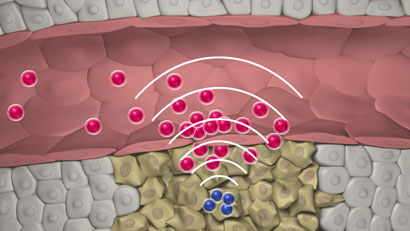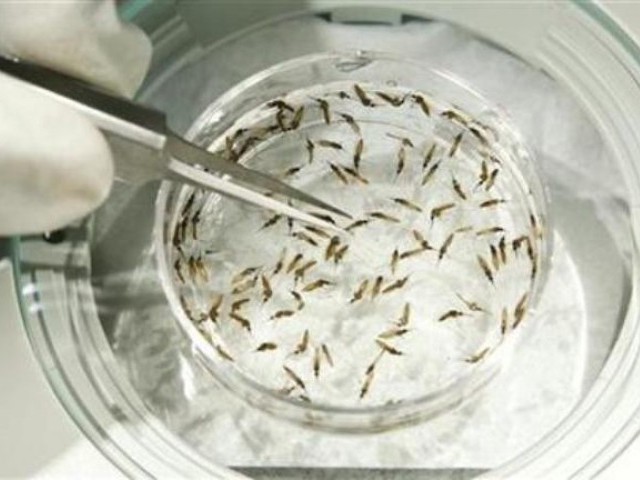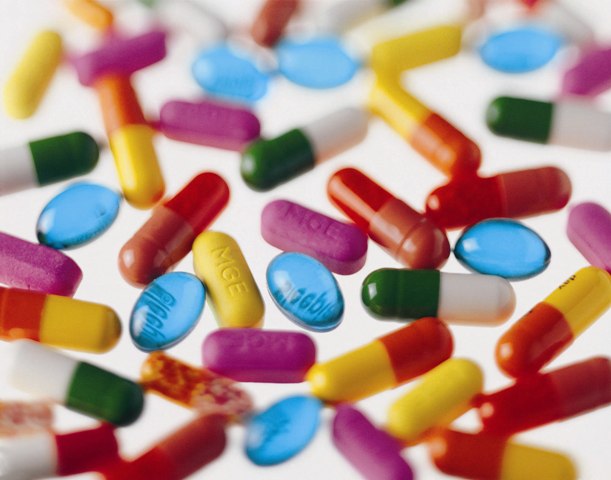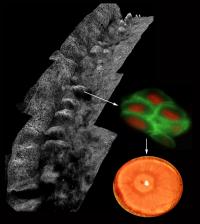Celery cure for leukemia
Eating foods like celery and parsley which contain natural flavonoid apigenin, may prevent leukemia, concluded by Dutch scientists from the University of Groningen .
According to Maikela Pepelenbosh, one of the participants in the research, tests showed that apigenin – otherwise common ingredient in fruit and vegetables – is able to terminate the development of two types of leukemia cells and reduce their chances of survival .
On the other hand, the team found that apigenin may reduce the positive effects of chemotherapy treatment at people with leukemia. Flavonoids are compounds with antioxidant properties that protect cells from damage caused by the oxygen molecules .
It is important to emphasize that the celery is rich in vitamins A, B, C and E, and heals and helps with diseases caused by a lack of these vitamins,
- -gout and rheumatism,
- -stimulate the secretion of urine,
- -throws sand and stones in the kidneys and bladder,
- -leaflets bronchitis attacks fear and spasms in the chest,
- -various skin diseases,
- -acts against temperature,
- -stimulates circulation,
- -affecting the growth and care of the hair and the most powerful aphrodisiac.
WARNING: Patients suffering from kidney inflammation should not take celery, and is not recommended for pregnant women . Heart patients should not use celery in small quantities, as a common seasoning.
Improves blood count also blood circulation, improve appetite, and eliminates interference with digestion. Acetylenic is one of its ingredients and it help to stops the reproduction of cancer cells.
Celery contain substances that act on relaxing the artery, allowing them to proliferate, reducing the amount of stress hormones, which also influences the contraction of blood vessels.
Celery reduces bad cholesterol, because of the abundance of Vitamin C helps to reduce the symptoms of fly and improve immune response. This is because of its composition containing phthalide of the active ingredients which relax the muscles of the arteries and thus regulate blood pressure.

Cholesterol lowering effect is achieved best with celery juice, but it must be persistent because they are expected effect may be seen only after eight weeks.
Some previous studies have shown that apigenin, which has in celery, parsley, red wine, tomato juice and various other herbs may be beneficial in the prevention of ovarian cancer .
Source: secretly healthy




















